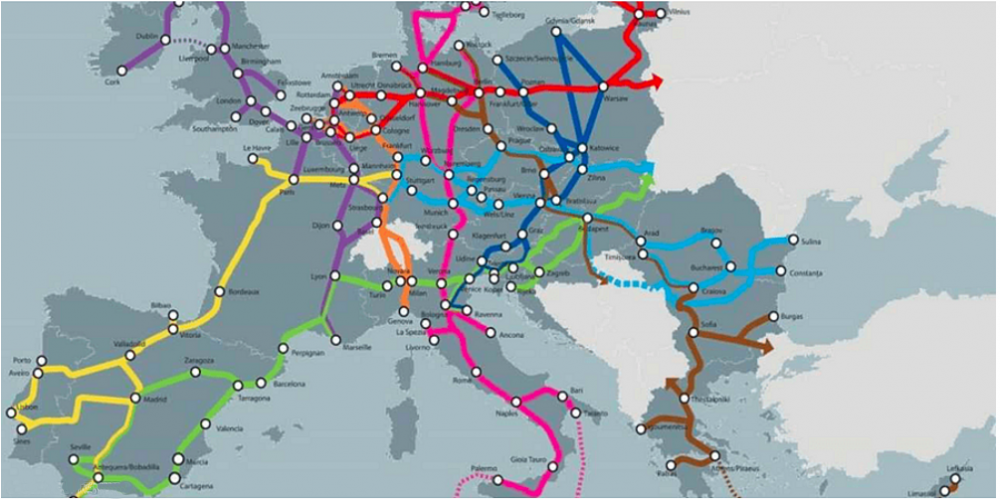- English
- Español
- Português
- русский
- Français
- 日本語
- Deutsch
- tiếng Việt
- Italiano
- Nederlands
- ภาษาไทย
- Polski
- 한국어
- Svenska
- magyar
- Malay
- বাংলা ভাষার
- Dansk
- Suomi
- हिन्दी
- Pilipino
- Türkçe
- Gaeilge
- العربية
- Indonesia
- Norsk
- تمل
- český
- ελληνικά
- український
- Javanese
- فارسی
- தமிழ்
- తెలుగు
- नेपाली
- Burmese
- български
- ລາວ
- Latine
- Қазақша
- Euskal
- Azərbaycan
- Slovenský jazyk
- Македонски
- Lietuvos
- Eesti Keel
- Română
- Slovenski
- मराठी
- Srpski језик
The European Union passed the Bill on the Deployment of Charging Pile/Hydrogen Filling Station Network
2023-04-03
Members of the European Parliament and the Council of the European Union have agreed on a new law requiring a dramatic increase in the number of charging points and refueling stations for electric vehicles in Europe's main transport network, aiming to boost Europe's transition to zero-emission transport and address consumers' biggest concerns about the lack of charging points/refueling stations in the transition to zero-emission transport.

The agreement reached by members of the European Parliament and the Council of the European Union is an important step towards further completion of the European Commission's "Fit for 55" road map, the EU's proposed goal of reducing greenhouse gas emissions to 55% of 1990 levels by 2030. At the same time, the agreement further supports various other transport-focused elements of the "Fit for 55" roadmap, such as rules requiring all newly registered passenger cars and light commercial vehicles to be zero-emission vehicles after 2035. At the same time, the carbon emissions of road traffic and domestic maritime transport are further reduced.
The proposed new law requires the provision of public charging infrastructure for cars and vans, based on the number of electric vehicles registered in each Member State, the deployment of rapid charging stations every 60km on the Trans-European Transport Network (TEN-T) and dedicated charging stations for heavy vehicles every 60km on the TEN-T core network by 2025, One charging station is deployed every 100km on the larger TEN-T integrated network.
The proposed new law also calls for a hydrogenation station infrastructure every 200km along the TEN-T core network by 2030. In addition, the law sets new rules for charging and refueling station operators, requiring them to ensure full price transparency and provide universal payment methods.
The law also requires the provision of electricity at seaports and airports for ships and stationary aircraft. Following the recent agreement, the proposal will now be sent to the European Parliament and the Council for formal adoption.





